Engine blocks can leak, especially with thin walls. To make sure they won’t, Chrysler does leak tests, using low pressure air; since air leaks through smaller paths than oil or antifreeze, this is a tougher test. The leak rate is measured over a given time—for example, 45 seconds.
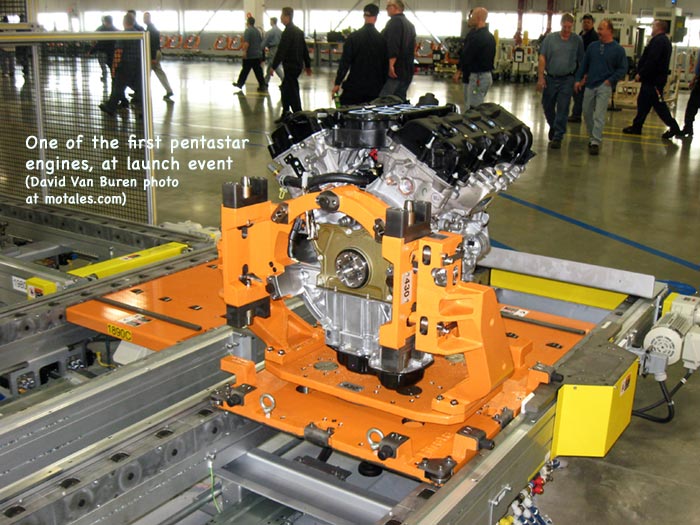
We had master perfect blocks with no leaks, and a block with a tiny hole drilled into both the water jacket and oil gallery which leaks at a known rate. We set up the machines with these blocks, to verify we could tell both good and bad blocks. Blocks are air tested twice, once after rough machining, then at final inspection after the freeze plugs (if any) go in. The process is error-proofed (idiot proofed) and perfectly tuned.
Blocks that leak were fixed with silicon impregnation. Minor leakers were impregnated and air re-tested; most would then pass inspection. I don’t remember any short or long term problems with this process.
We used to mark inspected parts with a simple air stamp unit, an air cylinder with a number or letter stamp in the end; the cylinder is stamped on the same place to show successful testing. It’s much more durable than the old ink dabs — it does not come off in the final part washer. (In the 3.5/4.0 aluminum block line final washer, it was warm enough that when there was a jam inside, we had to open the doors and wait 10-15 minutes before anyone could go in.)
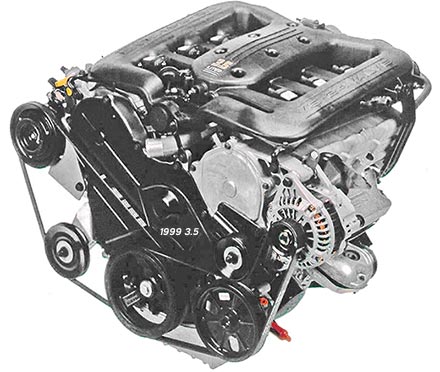
It was hard to get machine vision systems to read those markings on a flat machined surface on an aluminum block. Look at the plant photos and you will see the odd-colored light on the assembly line, to improve the machine vision process.
One reason engine blocks and cylinder heads had the freeze plug holes was for cleaning out metal chips from machining. The dark sides of the freeze plugs are leaks and noise-vibration-harshness problems; a freeze plug is just like a drum for emitting noise. Also, the fun getting the holes for the plugs sealed up in the air-test process with rubber seals when there was no freeze plug in them.
The Pentastar blocks and cylinder heads have no freeze plugs, so they avoid leaks and noise, but getting them clean of chips is a lot harder. The parts now use RFID tags and are marked with build dates and times, and a unique serial number for each major part; they are marked using a unit that resembles a dot-matrix printer.
Silicon impregnation was used at Trenton Engine on the 3.5 liter aluminum engine; it may have been used earlier on the aluminum heads of the 2.2 / 2.5 liter engines. It works and has stood up over time.
Also see many photos of Trenton Engine:
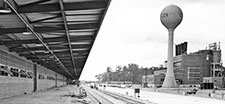 Building Trenton Engine
Building Trenton Engine
to Make Classic V8s and Air Raid Sirens
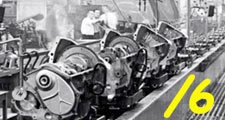 Building and Running the Slant Six Line at Trenton
Building and Running the Slant Six Line at Trenton
Making the legendary Leaning Tower of Power
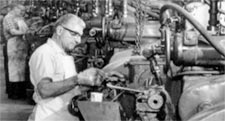 Making V8 engines
Making V8 engines
Trenton in pictures
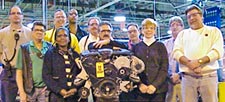 Trenton Engine milestones
Trenton Engine milestones
1964 Hemi to Pentastar
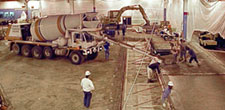 Trenton Engine: Building New V6 Lines in 2000
Trenton Engine: Building New V6 Lines in 2000
A pictorial with explanations and stories
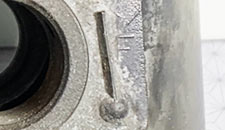 Tales From the Factory: Matching Pistons and Blocks
Tales From the Factory: Matching Pistons and Blocks
How the factory managed precision problems, back in the day
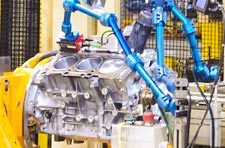 Trenton Engine 2025 Family Day
Trenton Engine 2025 Family Day
See inside the engine factory!
Copyright © 2021-2025 Zatz LLC • Chrysler / Mopar car stories and history.
YouTube • Editorial Guidelines • Videos
Tailfins Archive • MoTales on BlueSky